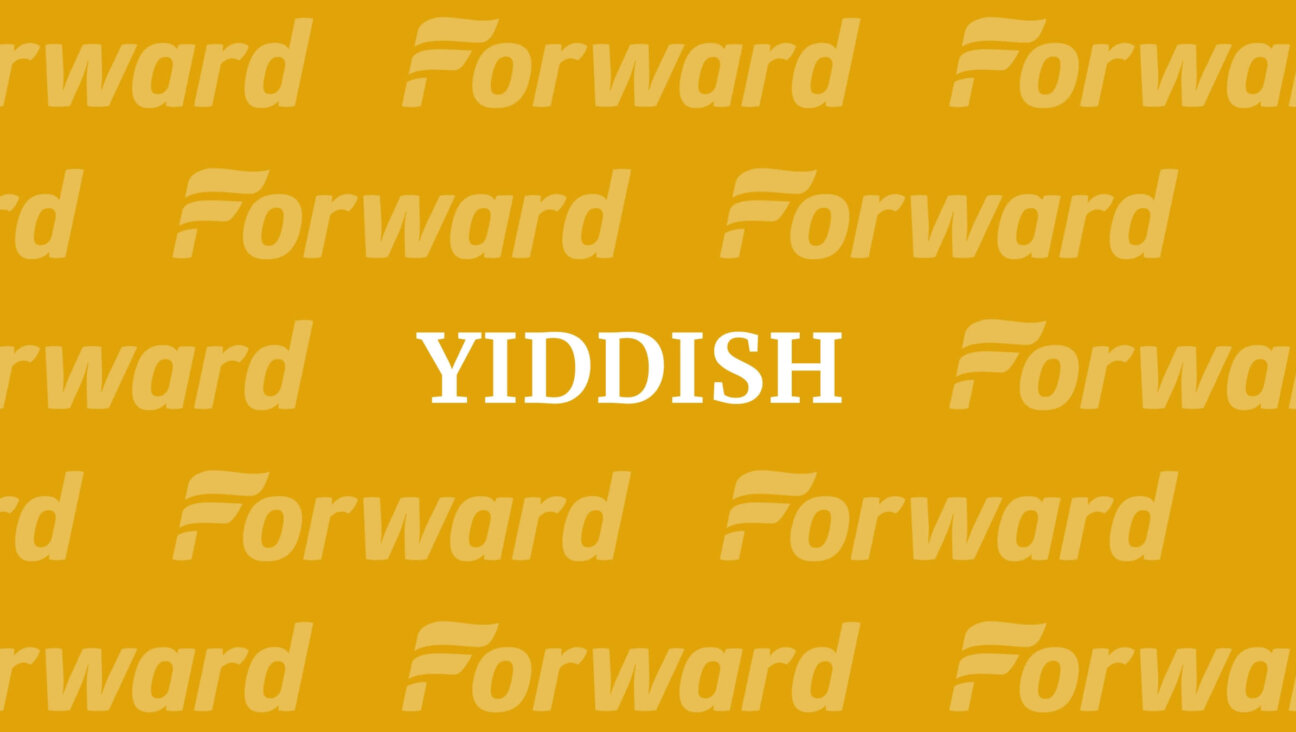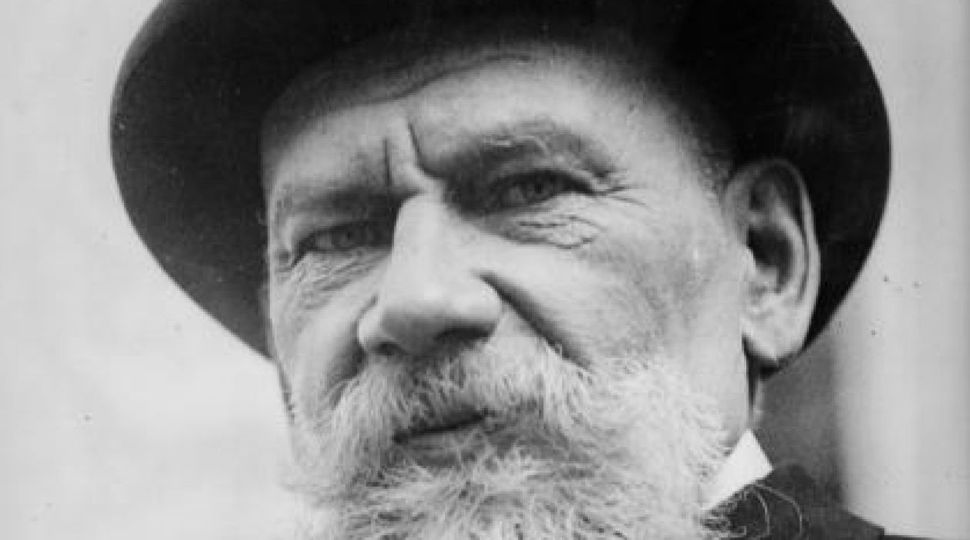VIDEO: Playwright Jacob Gordin brought realism into the Yiddish theater
This month marks 170 years since the birth of the playwright who translated "The Kreutzer Sonata" and "King Lear" into Yiddish

This month marks 170 years since the birth of the playwright who translated "The Kreutzer Sonata" and "King Lear" into Yiddish

Frederick Wiseman's 'A Couple' depicts Leo and Sophia Tolstoy in perpetual crisis

The 71st Tony Award nominations have been announced, led by “Natasha, Pierre & The Great Comet of 1812” and “Hello, Dolly!” Here’s the full list: Best Play: “A Doll’s House, Part 2” “Indecent” “Oslo” “Sweat” Best Musical: “Come From Away” “Dear Evan Hansen” “Groundhog Day The Musical” “Natasha, Pierre & The Great Comet of 1812”…

● The Hilltop By Assaf Gavron Translated by Steven Cohen Scribner, 464 pages, $26 If you are hoping for the Israeli ‘War and Peace’ from Assaf Gavron’s new novel, you will be disappointed. But, as you recover from that setback, you can take comfort in Gavron’s actual achievement. For while the heft of “The Hilltop”…

Duelling new English-language versions of the 1870s novel “Anna Karenina” are raising questions about the novelist Leo Tolstoy’s complex and contradictory attitudes toward Jews. Placed by the philosopher Isaiah Berlin in his famous essay “The Hedgehog and the Fox” among the foxes (who know many things) as opposed to the hedgehog (who knows one big…

‘The fox knows many things, but the hedgehog knows one big thing.” Rarely have so few words — a fragment of poetry from the sixth-century Greek poet Archilochus — come to mean so much. Sixty years ago, with the publication of his essay “The Hedgehog and the Fox,” Isaiah Berlin yoked these little critters to…

A version of this post appeared in Yiddish. The name Mark Epshtein (1899-1949) no longer occupies a prominent place in Yiddish cultural history, but a current exhibit in Kiev brought the artist back to the city where he created his most important work. “The Return of the Master,” which runs until February 20 at the…

What do fantasy writer J.R.R. Tolkien, Yugoslavian dictator Josip Broz Tito, Brazilian soccer star Pelé and financier George Soros have in common? They all share an interest in Esperanto, an invented language whose goal is to unite humankind. “Nekredebla,” you might be thinking (that’s Esperanto for “incredible”). But not so quick — other well known…





בעת דער מחבר איז געלעגן אין אַ סאָוועטישן מיליטערישן שפּיטאָל האָט זײַן מאַמע זיך פֿאַרמאָסטן קעגן דעם אַסימילירטן ייִדישן הויפּט־דאָקטער



100% of profits support our journalism